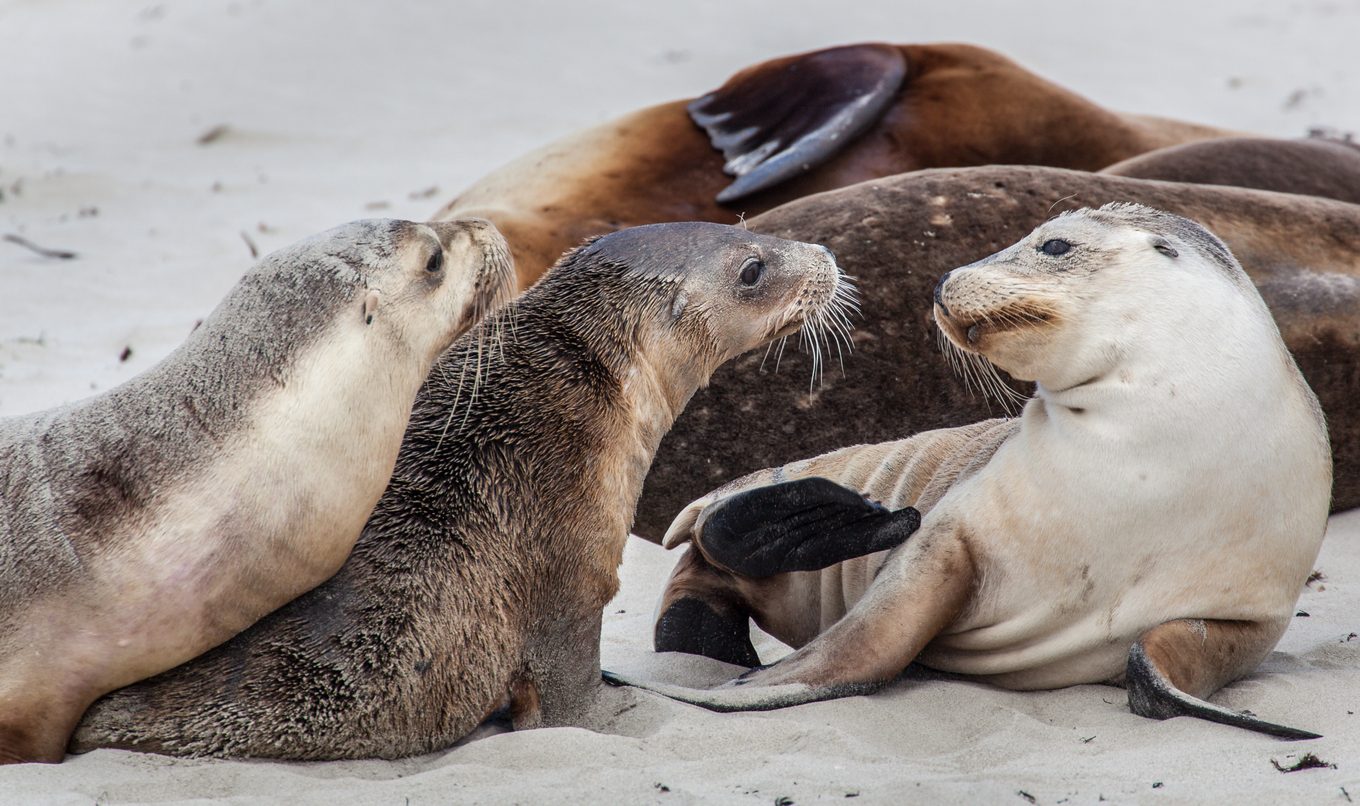Celebrate sea puppies this International Seal Day
March 22 is International Seal Day, with people are being encouraged to join the growing number of citizen scientists doing their bit to track the location of South Australian sea lion populations.

The recently released Sea lion Spotter app gives budding citizen scientists the chance to help save South Australia’s west coast sea lions, from the comfort of their own homes.
Developed by National Parks and Wildlife Service (NPWS) Eyre and Far West district, in partnership with Phillip Island Nature Parks, Sea lion Spotter has been built to help researchers learn more about South Australia’s endangered sea lion populations and the reasons behind their ongoing decline.
NPWS Marine Park Ranger, Dirk Holman, who recently starred in the iMax film Sea Lions: Life by a Whisker, said that the easy-to-use web portal gives everyone the opportunity to play their part by remotely participating in population surveys of sea lion colonies off South Australia’s west coast.
“When people help us count sea lion pups using Sea lion Spotter, they are directly contributing to the scientific communities’ understanding of Australia’s largest endangered sea lion colony,” he said.
“Tracking populations is a time-consuming task for rangers, so by having citizen scientists gather data on populations, and tracking the birth of new pups, we’ll have information more rapidly analysed to help monitor the health of the colonies.”
It also gives participants an opportunity to “peer in” to a breeding colony and observe behaviours of animals that are largely out of sight and mind for most people.
People interested in the project can join in at www.environment.sa.gov.au/topics/Science/citizen-science
Along with the west coast colonies, Seal Bay on Kangaroo Island is a strong-hold for Australian sea lions, and is about to enter pupping season.
NPWS research and operations coordinator at Seal Bay, Melanie Stonnill says this year’s International Seal Day was extra special as the first pup at the Seal Bay colony is due any day now.
“Hundreds of expectant sea lion mums at Kangaroo Island’s Seal Bay are getting ready to give birth to the season’s pups, she said.
“In previous winter seasons we’ve seen the first pups in early to mid-May, but they could come earlier this season.
"The last season spacing was 17 and a half months, which if applied from last breeding season to this upcoming season, means we could see pups as early as late March.”
Locals and visitors should be able to see the new pups from this season on guided tours at Seal Bay by spring.
In December 2020, the Australian sea lion was up-listed from vulnerable to endangered under the Commonwealth Environment Protection and Biodiversity Conservation Act 1999.

